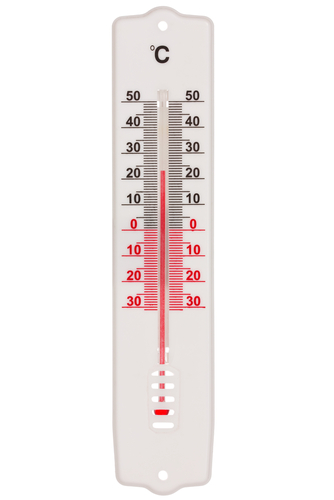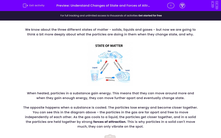We know about the three different states of matter - solids, liquids and gases - but now we are going to think a bit more deeply about what the particles are doing in them when they change state, and why.
.jpg)
When heated, particles in a substance gain energy. This means that they can move around more and when they gain enough energy, they can move further apart and eventually change state.
The opposite happens when a substance is cooled. The particles lose energy and become closer together. You can see this in the diagram above - the particles in the gas are far apart and free to move independently of each other. As the gas cools to a liquid, the particles get closer together, and in a solid the particles are held together by strong forces of attraction. This is why particles in a solid can't move much, they can only vibrate on the spot.

Temperature determines whether a substance will be in the solid, liquid or gaseous state.
All substances have a melting point - the temperature at which a solid turns into a liquid. At a temperature above the melting point, the substance will be a liquid, at a temperature below the melting point, the substance will be a solid. So you could also call it the freezing point!
Substances also have a boiling point - the temperature at which a liquid turns into a gas. At a temperature above the boiling point, a substance will be a gas. At a temperature below the boiling point, it will be a liquid.
Now we shall take a look at some questions on changes of state - get ready.....go!







